Living in Pickering, I used to travel 2 hours by public transit to Etobicoke to complete some post-graduate studies. There, I met a friendly classmate who was also from East of Toronto. We began discussing cool places to take photos and enjoy nature, and she had suggested that I visit Lynde Shores.
The first time I visited was in May of 2019, and I could not believe how full of wildlife the area was. The most recent visit (my second visit) was in October of 2020, where I brought my DSLR to practise some bird photography.
Being super new to photography and learning as I go, this was a great experience to try and get some great wildlife shots. I had just picked up a 55-250mm lens the day prior and thought of Lynde Shores as my first place to experiment with photographing wildlife. And I’m so happy I did!
Black-Capped Chickadees
Chickadees are adorably fascinating birds. Chickadees are often associated with their bird call that sounds like their name (chickadee-dee-dee). Their complex calls are meaningful, and can reveal information about group behaviour, nearby threats, and mating. Chickadees with often add more repetitions of the “dee” sound at the end of their call when perceiving a nearby threat.
In the warmer summer months, Chickadees feast on insects. In the winter, Chickadees feed off of seeds and berries. Chickadees are known for being a bird that is more likely to feed when offering food from your hand, and is more friendly and trusting of humans.
White Breasted Nuthatch
I have always been fond of birds and enjoyed watching them, but only more recently have I put effort into trying to distinguish different times and begin learning about bird species. During my trip to Lynde Shores this was one of the birds that were new to me, and I could not easily think of the name. The bird was very curious and along with the Chickadee, was friendly and would regularly feed from my hand.
In researching more, it seems as if I was sighting the White Breasted Nuthatch. These guys are year-round and have a stable population. They also feed on seeds and berries in the winter, and insects in the summer. These birds are comfortable climbing up and down tree trunks to search for food.
Blue Jay
Blue Jays are one of the most recognizable birds in Canada. With their glowingly vibrant coat, the Blue Jay is an exciting bird to spot. The Blue Jay I saw was curiously following me and around and watching me feed other songbirds, but did not ever approach me itself.
Did you know that the Blue Jay is not actually blue? There is no blue pigment in the feathers of the Blue Jay. What happens is the Blue Jay feathers reflect blue light, which is why it appears blue to us.
Trumpeter Swan
In looking over into the swampy areas of Lynde Shores, I noticed a swan with a long black beak, and a yellow tag on both of its wings. In taking a photo and researching a little more when I came back home, I discovered these are Trumpeter Swans.
These swans are native to Ontario, but were pushed to the brink of extinction in the 1800s/early 1900s because of hunting and loss of habitat. Due to conservation efforts and reintroduction programs led in the 1980s, the population is recovering. In 1935, only 69 of these swans were found in all of North America. Now, there are roughly 1000+ in Ontario.
The yellow tag means this is a swan from Ontario. The tag is meant to track migration patterns, and to analyze breeding by comparing tagged versus untagged swans. I reported my sighting of the swan to the Ontario Trumpeter Swans Restoration Group. I contacted by a representative of the group, who was kind enough to share some more information about this particular swan I had seen!
I was told this swan is a female and is named “Sally”. Sally was rescued by the Toronto Wildlife Center in February of 2020 with 2 fish hooks. After removing these hooks, Sally was released in the Courtice area, and is clearly now thriving and living a happy life.


Sally was rescued in February 2020 after being injured from 2 fishing hooks. Sally was released and is now clearly comfortable and enjoying life.
Wild Turkey
In both of my trips to Lynde Shores in the Spring and Fall, I came across a group of wild turkeys. These turkeys were relatively tame and not aggressive, but I kept my safe distance the entire time and gave them their space.
There seemed to be about 5-10 turkeys in the group during my last visit. They were walking along the trail, and I noticed they had carved out a little footpath in the off-path area from travelling back and forth to the trail. Turkeys have strong eyesight and a wide field of vision, and they were closely watching me as I walked by.
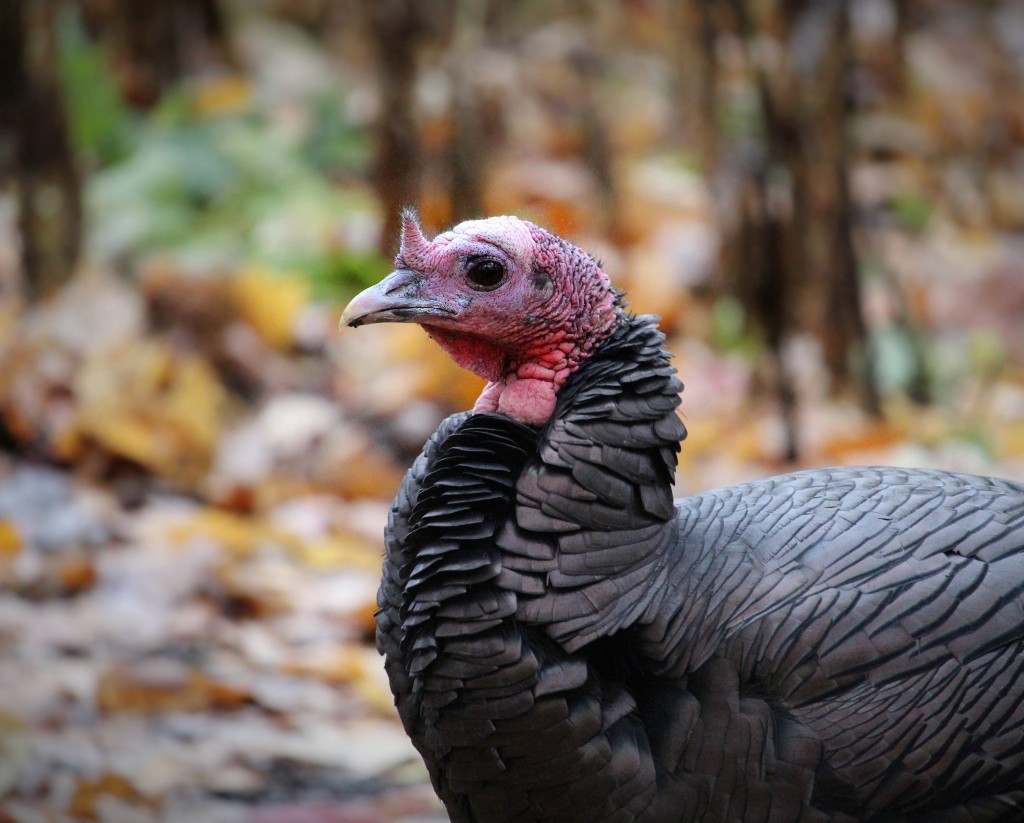
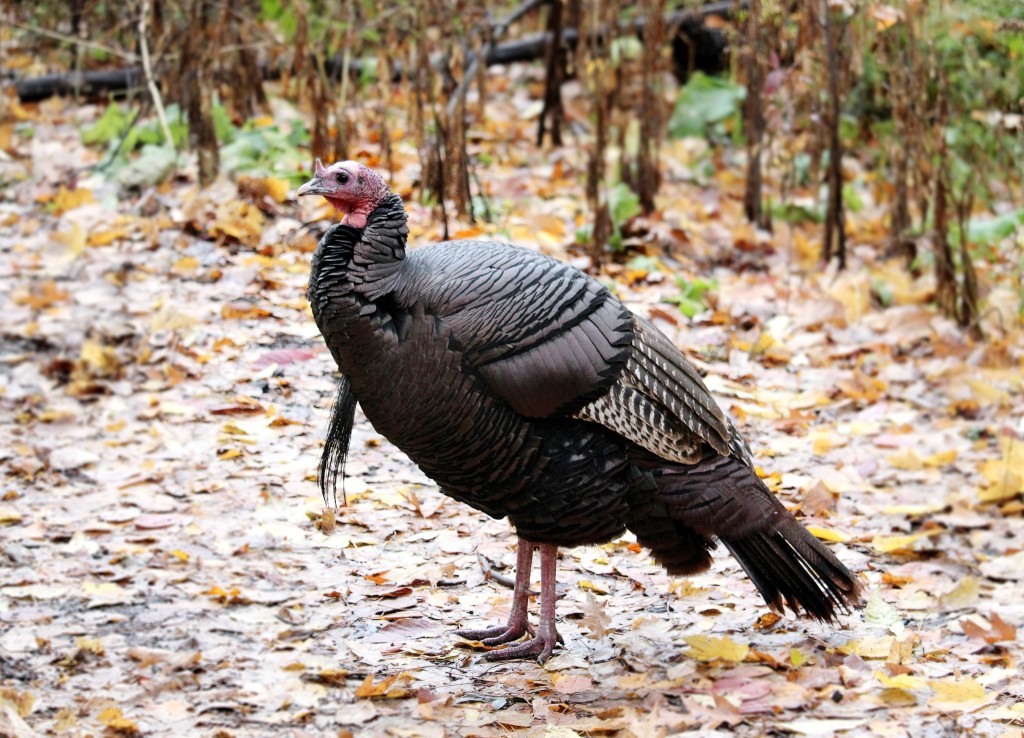
I think this is a male turkey because of the presence of spurs on its feet, and the beard of feathers on its chest. But then again, I’m no turkey sexing expert.
Mallard
The mallards I saw during my visit were around the pond adjacent to the parking area. There is a bridge separating the marshland area, and the ducks would sometimes fly from one side of the pond over the bridge to the other side of the pond. They were hanging out alongside a group of Canada Geese.
Squirrel
During my entire walk through Chickadee trail, there were a group of squirrels bravely following me. It’s important to note not to feed the squirrels! These creatures can forage for themselves and it would be against their best interests and unsafe for them to begin becoming dependent on humans for a food source.
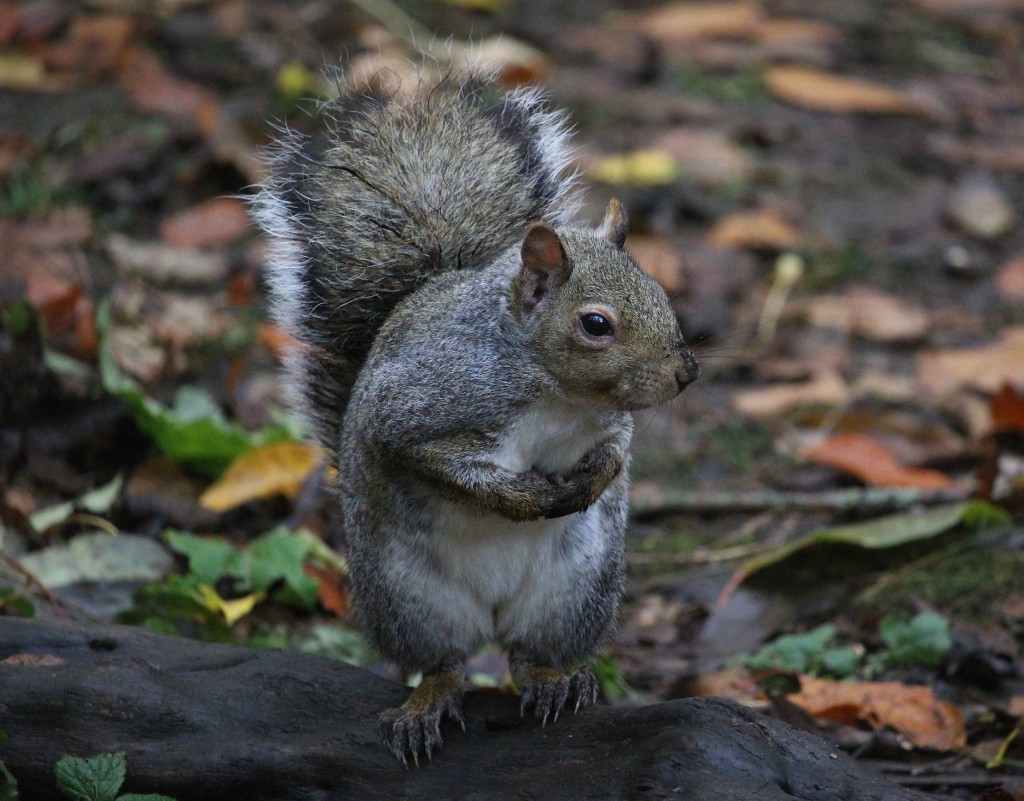

This squirrel looks like he wants to ask me a question.
Visiting
Lynde Shores has parking off Victoria Street West, and parking is $6 for the entire day as of November 2020 (there is machine to print off a ticket and display on your dashboard and it accepts Visa, MasterCard, Interact, and Tap).
If you are planning on feeding the songbirds on the Chickadee trail, make sure you are only offering unsalted seeds (I choose to use unsalted sunflower seeds). Make sure you are only feeding the songbirds (no waterfowl, turkeys, or small mammals). Also, I suggest going as early in the morning as possible! The two times I have visited I arrived around 9:30 AM on a weekday, where I would join just a few cars in the parking lot. When I left around 11AM, the parking lot was almost full.
I have been told that deer frequent the area at dusk and dawn. Looking forward to visiting more to maximize my chances of seeing these beautiful animals in the wild!
Have you visited Lynde Shores Conversation Area? Let me know your thoughts and experience. I am looking forward to visiting again.
Black Capped Chickadee Facts, Information, and Photos. American Expedition. Retrieved December 1 from https://forum.americanexpedition.us/chickadee-facts
Agawa Rock Pictographs at Lake Superior Provincial Park
Nature has a remarkable way of preserving history, and nowhere is this more evident than at the Agawa Pictographs in Lake Superior Provincial Park. Tucked away along the rugged shores of Lake Superior, these rock paintings offer a glimpse into the life of the Ojibwe. With red ochre (using a mix of iron oxide to produce…
Serpent River Park in Algoma
Serpent River Park is a captivating place to stop for a rest if you are exploring the Algoma region, and travelling between Sault Saint Marie and Sudbury in Ontario. Located roughly between the halfway point of these two cities, you can access the park on the south side of the Trans Canada Highway (Google Maps…
Scout Valley in Orillia
It’s official – we’ve moved to Orillia! We weren’t loving the city life, and wanted to move somewhere closer to nature and outdoor activities. The traffic, commuting times, and lack of green space was getting to be exhausting. Aside from a few hiking spots within Mississauga, we found we had to drive outside of city…
Snowshoeing at Arrowhead Provincial Park
Arrowhead Provincial Park is owned and managed by Ontario Parks and is located just north of Huntsville, Ontario. Arrowhead is a beautiful and diverse park that offers a range of recreational activities for visitors both in the warmer and colder season, with activity equipment rentals available year-round. Arrowhead is a popular winter destination, with several…

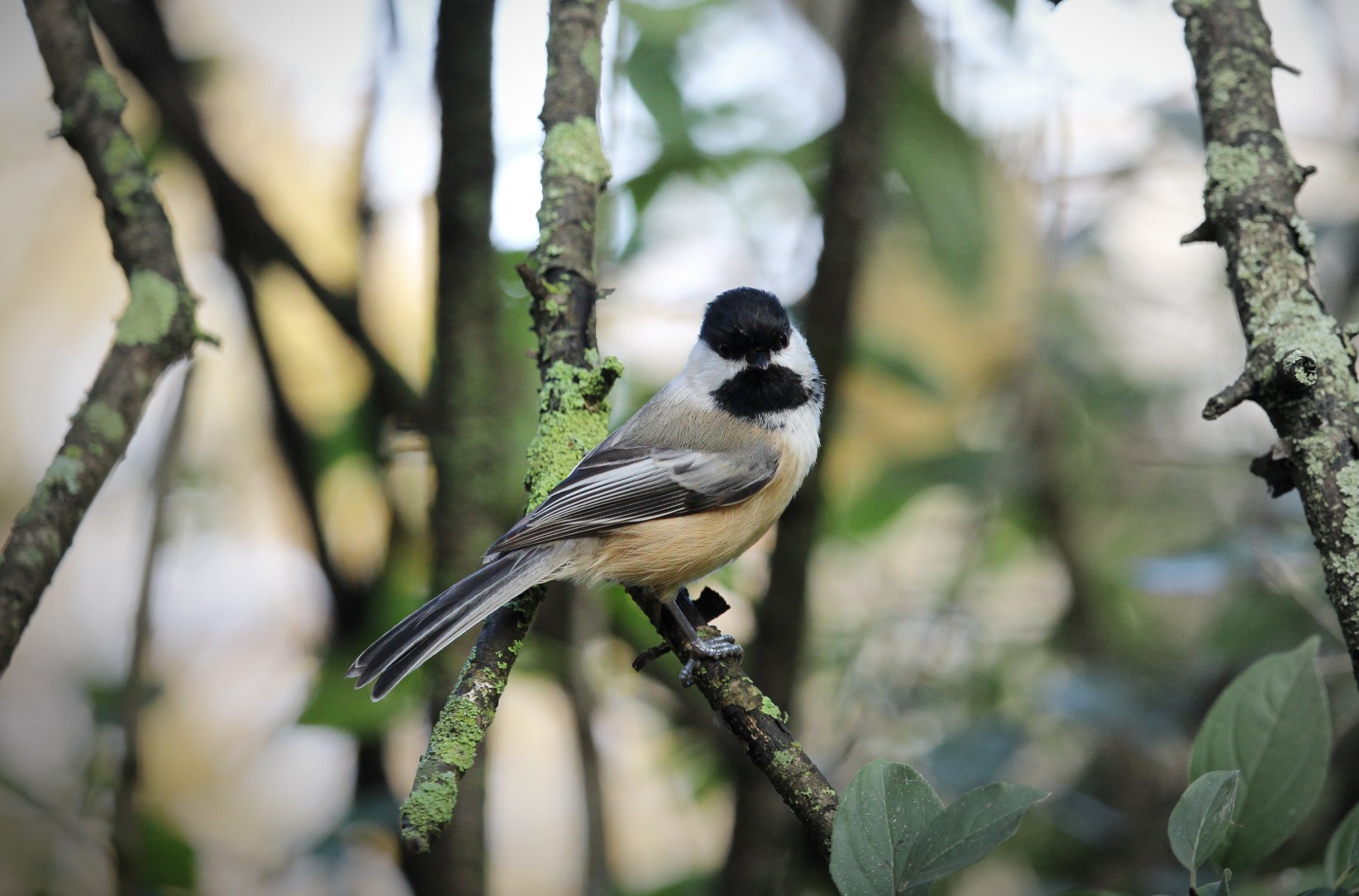

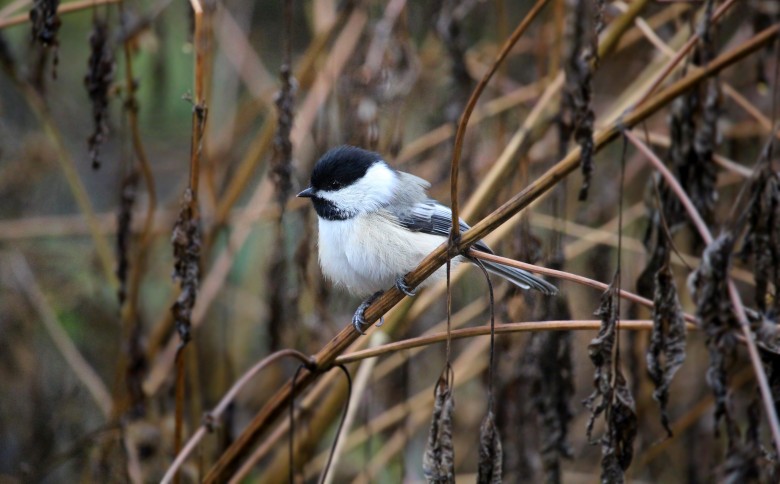




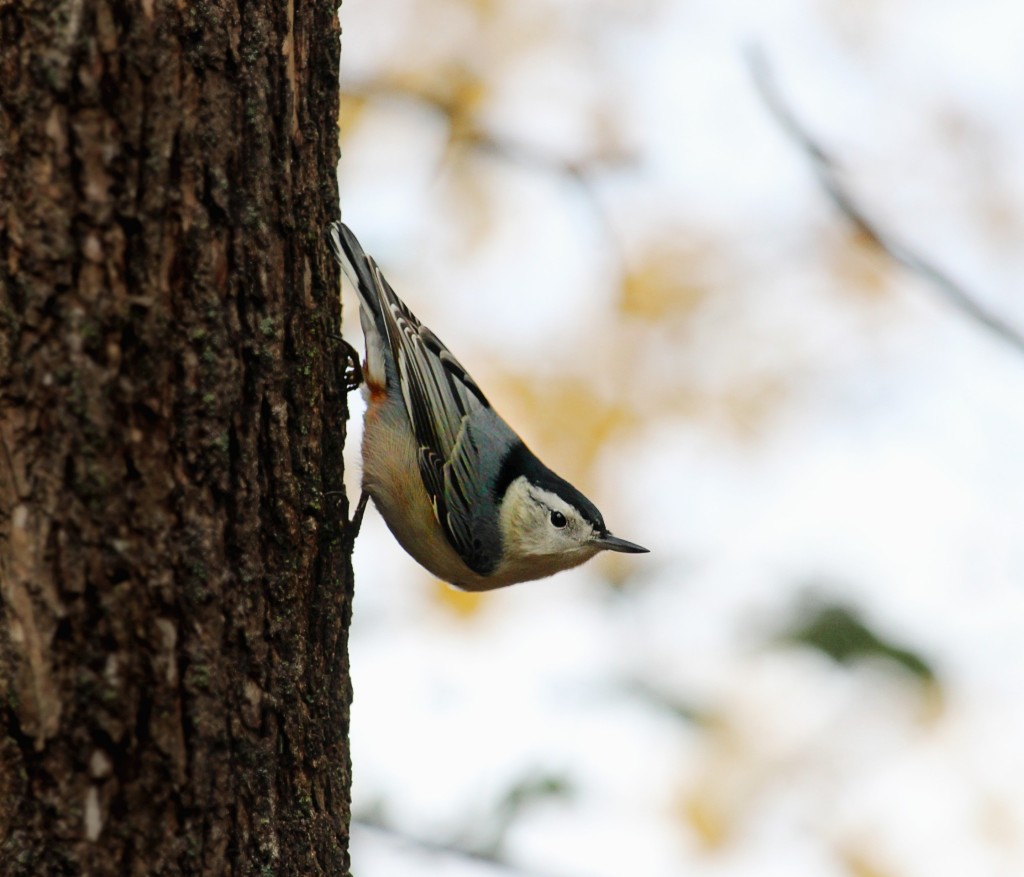



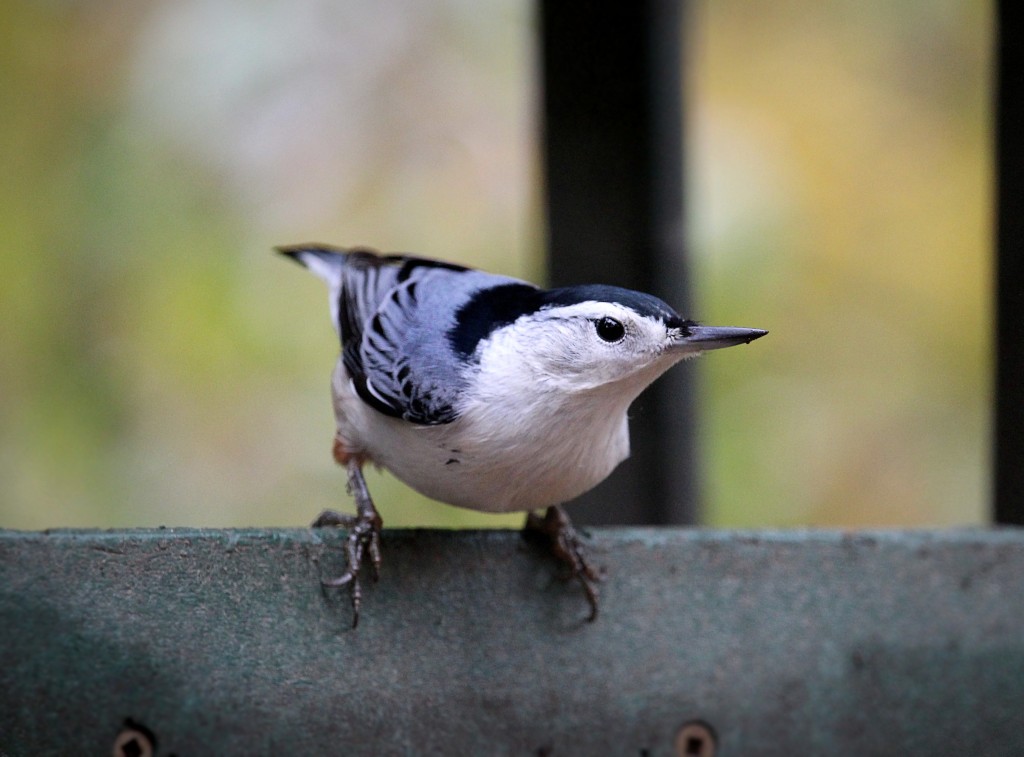



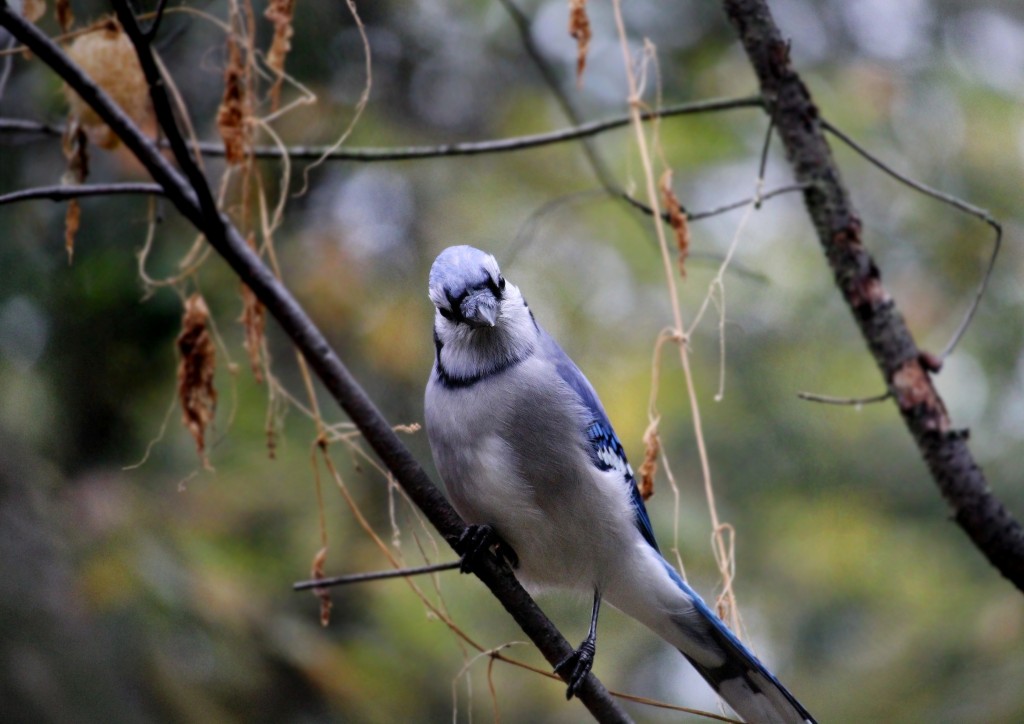
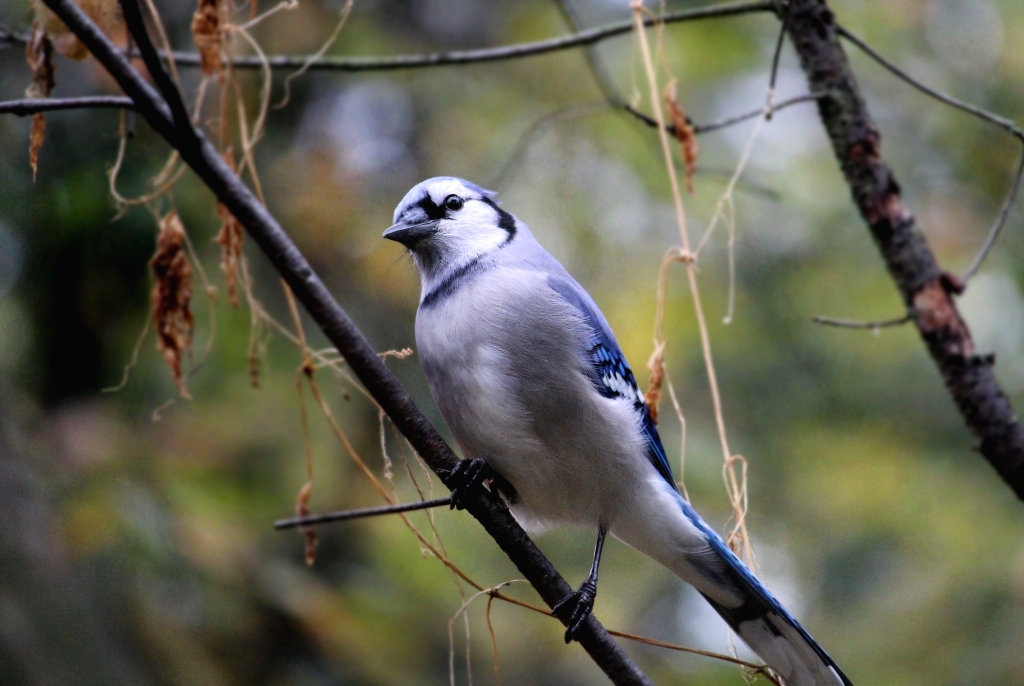


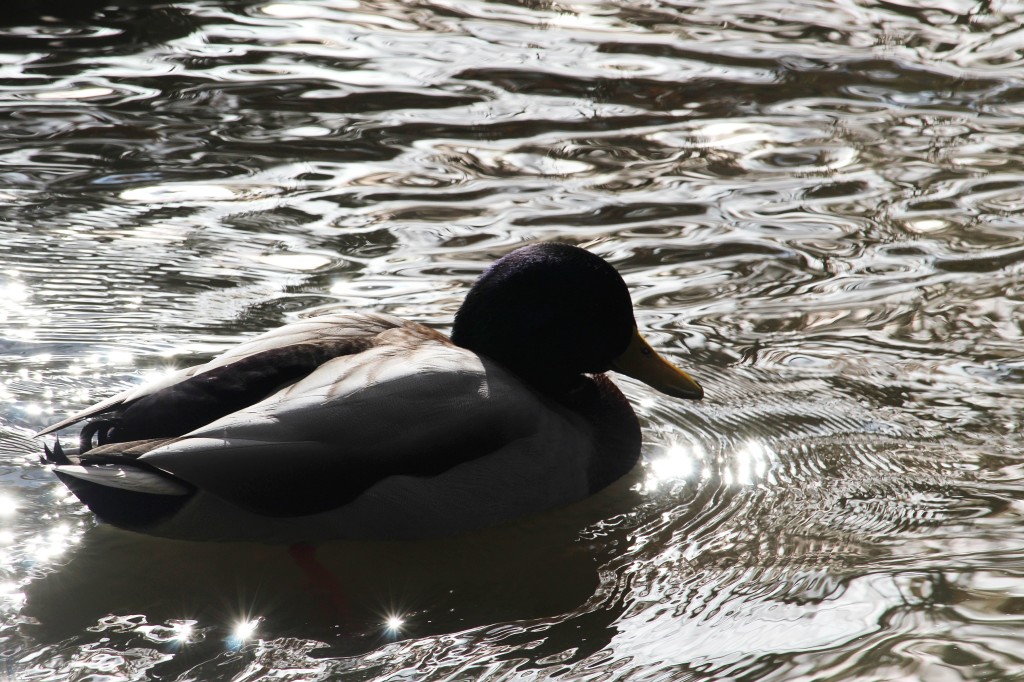

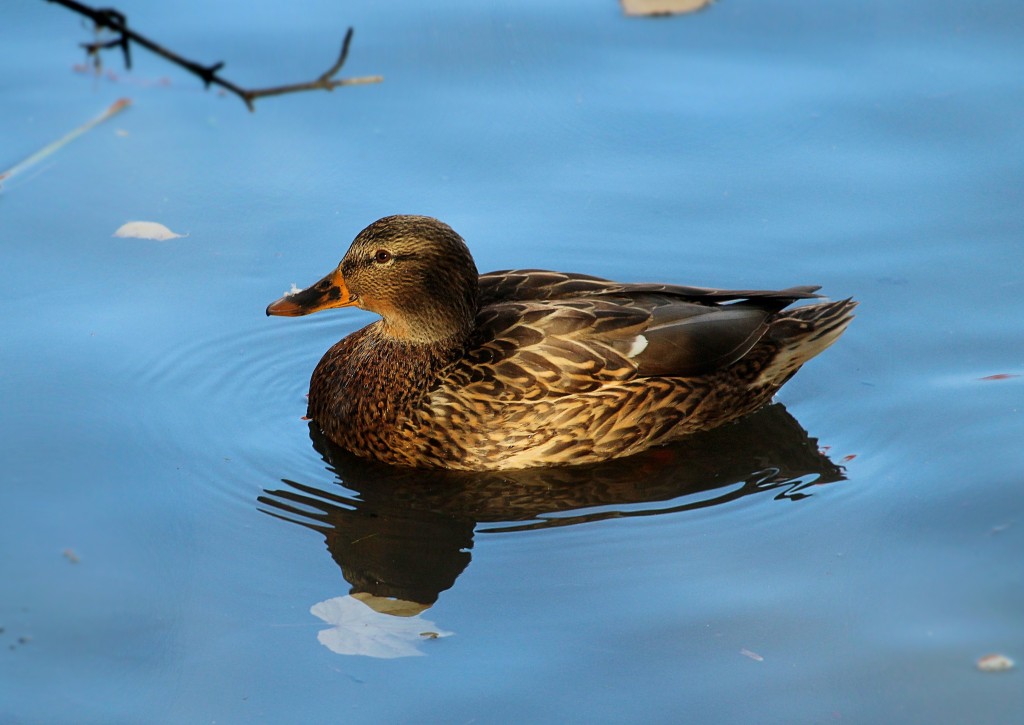
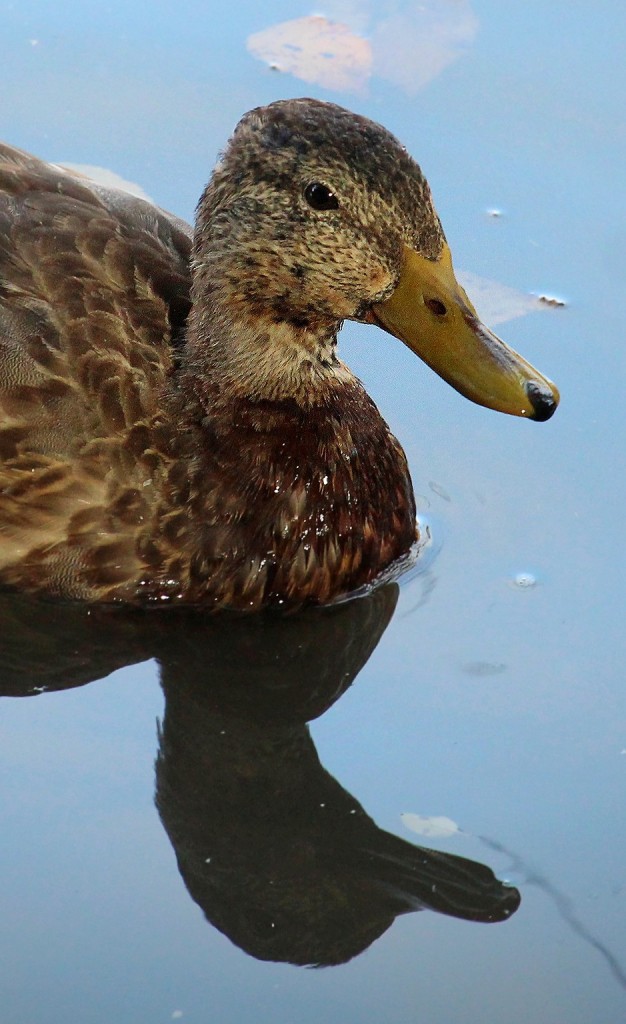




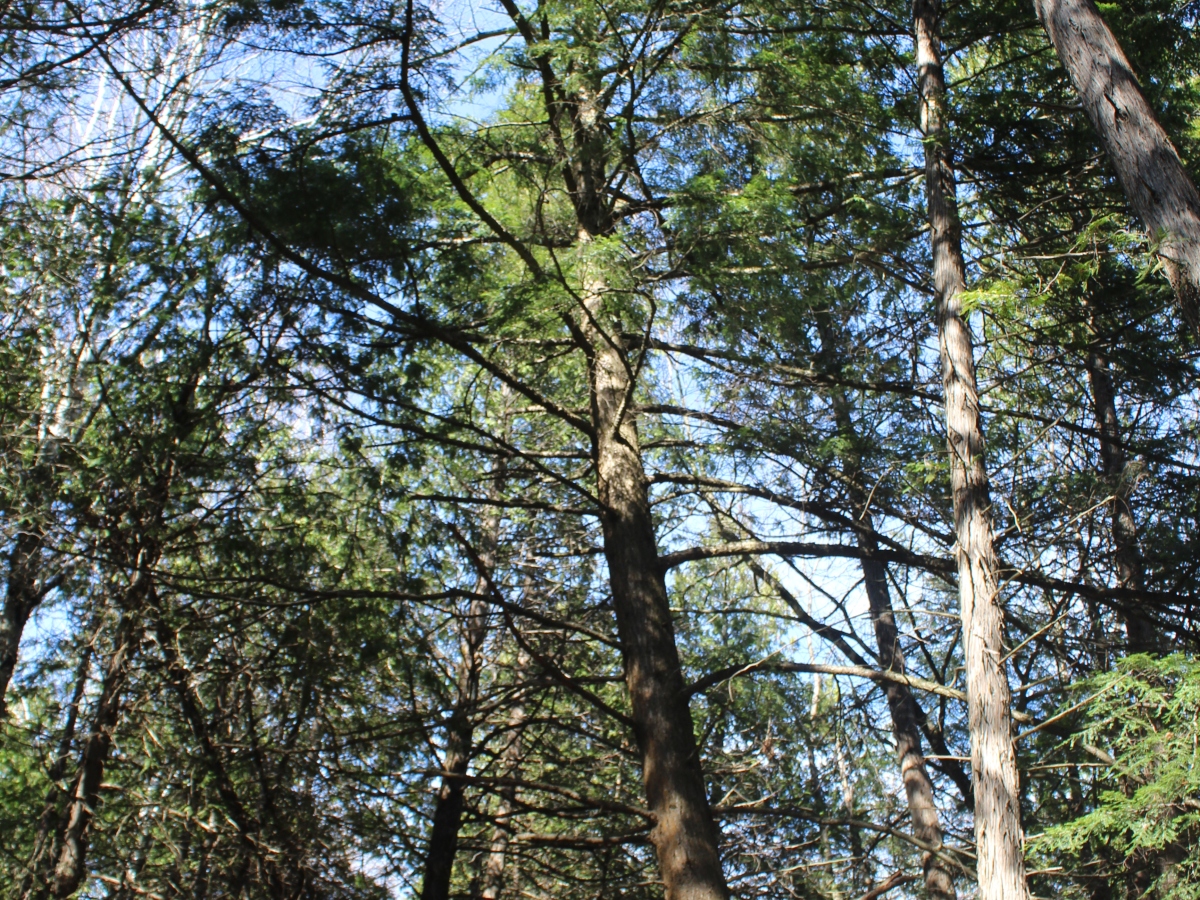

Chickadee’s are my fav!! Love their call. You should check out a band called Avem. Bird punk! 😛
LikeLiked by 1 person